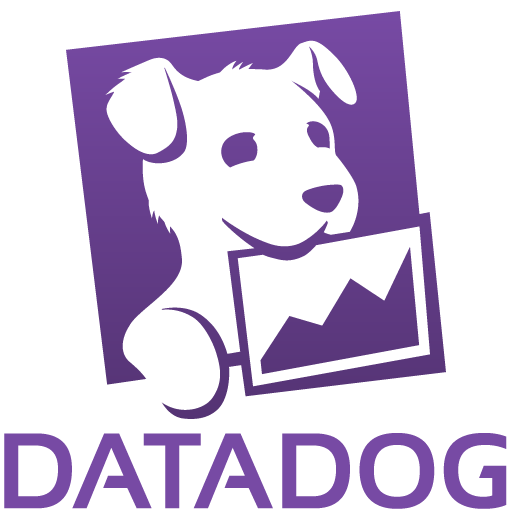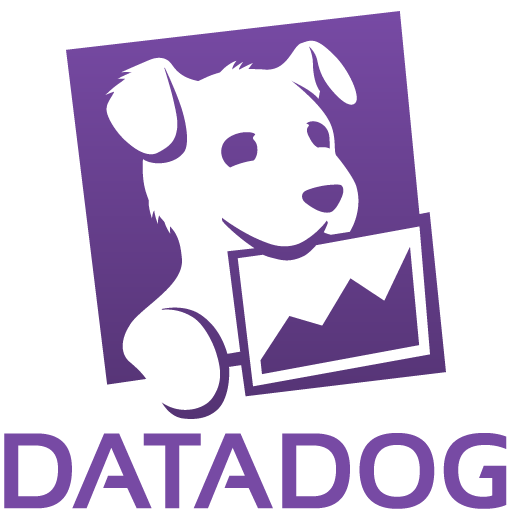
Overview
In recent years, IT systems have become increasingly complex and large-scale, and with the spread of cloud-native architecture, microservices, and container technology, the number of system components has increased, and their interdependencies have also become more complex. In such a complex system environment, accurately monitoring the system status and quickly identifying and resolving problems is essential for business stability and continuity, as well as maintaining and improving customer satisfaction.
The concept of "observability" is attracting attention. This refers to the ability to make the internal state of a system observable from the outside. The increasing importance of "observability" is not only due to the desire to visualize complex systems, but also to the need to predict user behavior in the midst of rapid market changes and to promote a DevOps system that seamlessly integrates development and operations. By increasing "observability," it is possible to increase system visibility and quickly identify the root cause of problems, and to approach performance optimization and business continuity.
"Observability" is an advanced approach that goes beyond traditional monitoring in complex IT systems, and is being rapidly adopted not only by large companies with huge systems, but also by companies that operate small applications. The essence of observability is not to "keep watching what happened" but to "find out why it happened". The purpose is to deeply understand the behavior of the system and be able to flexibly respond to unexpected problems. There are the following differences between "observability" and traditional monitoring.
- Scope: While monitoring focuses on known problems and indicators, "observability" grasps the state of the entire system, including unknown problems.
- Approach: While monitoring is based on predefined thresholds and conditions, "observability" takes a flexible, exploratory approach.
- Purpose: While the main purpose of monitoring is to detect anomalies, "observability" aims to identify and resolve the root cause of problems.
Traditional monitoring was used to detect system anomalies based on pre-determined scenarios, and the general flow was to start investigating the surrounding area after receiving an alert. Improved "observability" makes the entire system more comprehensively visible, allowing humans to understand what is happening where in the system, which is expected to have effects such as preventing problems from occurring and improving the speed of response to unknown problems.
Datadog is an all-in-one commercial monitoring platform that provides cloud-scale monitoring services to achieve this "observability." In addition to infrastructure monitoring, Datadog also has strengths in APM (Application Performance Monitoring) and RUM (Realtime User Monitoring), making it possible to analyze the real-time status and behavioral trends of systems and users. Datadog offers a variety of agents, making it easy to collect data from various components such as on-premise/cloud servers/applications/serverless. Datadog also offers agentless external monitoring and alert integration, and powerful integration functions that allow logs/traces/metrics to be associated and displayed on a single screen, providing strong support for analysis when responding to problems. Functions are being updated daily, including the recent addition of AI-based anomaly detection.
Sreake's Datadog implementation support service provides comprehensive support for Datadog implementation from consulting to implementation and operational improvements, based on the knowledge of SREs and extensive experience of providing SRE support to customers in a variety of industries, through engineers with advanced technical knowledge of complex microservice applications and cloud-native systems. This improves observability, thereby ensuring business stability and continuity, and maintaining and improving customer satisfaction.
Specifically, we provide the following support:
- Sharing what can be achieved with each feature of Datadog and aligning understanding of use cases
- Sharing the implementation procedures for each feature of Datadog and providing support if issues are found during the implementation procedure
- Support for creating documentation for in-house deployment
- Support for application to a production environment
Highlights
- Our abundant experience in SRE support for large-scale financial systems and consumer systems enables us to handle critical systems. We can provide SRE support for systems that require high security requirements such as FISC and PCIDSS.
- In the rapidly changing cloud-native technology domain, we are always learning the latest technologies and providing support in the form of proposals for the best solutions to our clients' needs. We provide support in the form of proposals for the best solutions to our clients' needs.
- We provide comprehensive support for in-house production, not only in the creation of mechanisms, but also in the formation of SRE/CCoE organizations, recruitment, and training.
Details
Introducing multi-product solutions
You can now purchase comprehensive solutions tailored to use cases and industries.

Pricing
Custom pricing options
How can we make this page better?

Legal
Content disclaimer
Support
Vendor support
Please contact us at sreake-sales@3-shake.com
Software associated with this service

